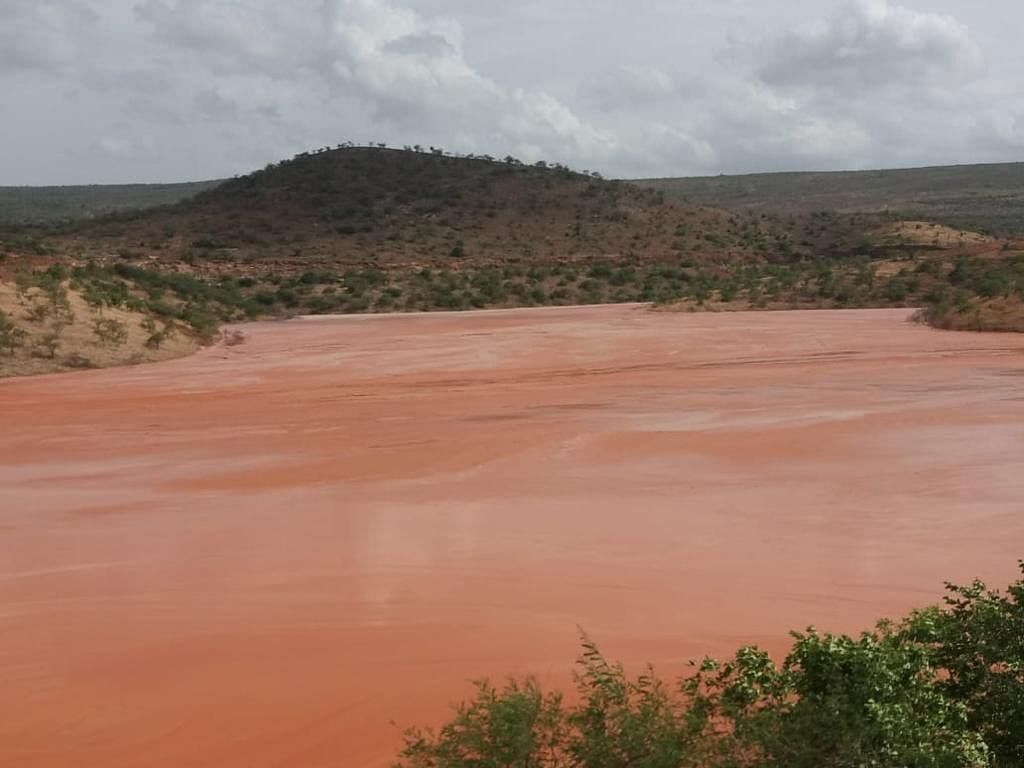
Villages in the Kadapa district of Andhra Pradesh adjacent to the unprotected tailing pond of the Uranium Corporation of India’s uranium processing unit are in the grip of mysterious diseases.
No action was initiated to stop the seepage of radioactive wastage through groundwater. Several NGOs have time and again visited the villages and documented the plight of the people and animals that suffer boils and deformities.
The Tummalapalle Mine located in Kadapa district of Andhra Pradesh has one of the largest uranium reserves in the world. The mine that started operations in 2012 with a capacity of processing 2,350 tons of ore per day. As only 1,305 grams of uranium can be extracted out of the 2,350 tons, huge amounts of radioactive waste is dumped into the tailing pond six kilometers away from the processing unit. Tummalapalle, Mabbuchintalapalle, Bumayigaripalle, and Rachakuntapalle of Velpula and Medipentla Mandals and 60 hectares in Kottala village of Vemula Mandal constitute the tailing pond.
Ailments
Krishna Shree and Rajesh Serupally in their study recorded boils and itchy pustules in a young girl, Gangotri. The boils then developed into scabby blisters that continue to spread. Locals Doctors haven't been able to diagnose her condition or cure it. Death of livestock, loss of crops has also been reported.
In KK Kottala, Mabuchintalapalle and Kanampalli, a similar type of chronic skin problems were reported and recorded. Skin problems were found in people of all ages as they all use the same groundwater for cooking and bathing. Livestock that depends on the pastures and water also suffered similar ailments. In the case of a nine-year-old boy, the skin problem reappeared after prolonged treatment. It is believed that these signs are precursors of bone cancer.
Dr K. Babu Rao, retired chief scientist from the Indian Institute of Chemical Technology (IICT, Hyderabad) told DH that the tailing pond was not lined with 2mm polythene sheet in the bottom and also on the sides as per the norms of Atomic Energy Regulatory Board (AERB) resulting in seepage.
“I feel that the Uranium Corporation of India Ltd is beyond the law. The AP Pollution Control Board has no capacity to deal with the problem and the Ministry of Environment and Forests and Climate change is equally helpless,” Rao who has been following the developments said. He adds that the study in 2017 by the regional office of the ministry in Chennai found nine violations. “In fact the hilly terrain was not suitable for the tailing pond it should be flat land,” he said.